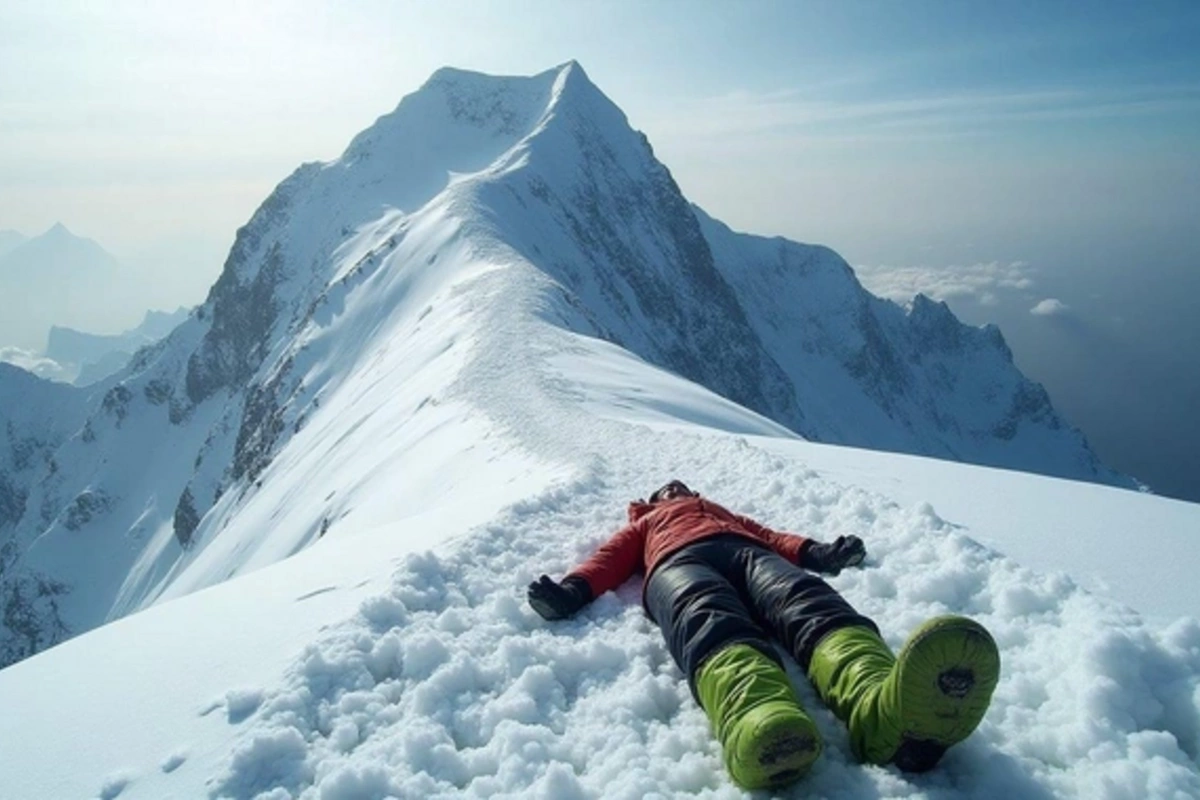11 Jun , 15:28
7

Everest: a mountain where dreams and tragedies coexist under eternal snows. The highest peak in the world attracts thousands of daredevils, becoming for some a symbol of the triumph of the human spirit, and for others—the final test in life. Few climbers realize that the routes to the summit are marked not only by flags and landmarks, but also by the bodies of those who never returned home.
Above 8,000 meters stretches the infamous "death zone." In this realm of thin air, the human body begins to rapidly deteriorate. Critical oxygen deficiency leads to life support systems failure, and any delay can result in tragedy. Evacuation of victims in such extreme conditions borders on impossible: rescue operations put rescuers' lives at risk, equipment refuses to work, and merciless weather turns any rescue mission into a deadly dangerous undertaking.
This is why the remains of most deceased climbers eternally remain in the icy captivity of the mountain. Frozen bodies become part of the harsh landscape and, most disturbingly, transform into peculiar navigation points. The most famous example is the body nicknamed "Green Boots." These human remains in bright green footwear, resting in a small rock depression on the northern route, have become a grim landmark for virtually all climbers assaulting the summit from this side.
It's shocking to realize that in the pursuit of conquering the summit, people pass by the bodies of those who walked this path before. However, this isn't callousness—it's harsh necessity. In extreme high-altitude conditions, survivors simply don't have the physical capabilities and resources to change anything. Each climber is responsible for their own life and fully understands the risks they're taking.
In mountaineering practice, bodies of the deceased sometimes turn into eerie but necessary landmarks. An experienced guide might tell their group: "When we reach Green Boots—there's about two hours left to the summit." This is a grim but integral reality of climbing Everest. The deceased forever remain prisoners of the icy heights, silently reminding that the power of nature always exceeds human capabilities.
Despite all the risks, the flow of those wishing to conquer the highest peak on the planet doesn't diminish. For some, it's a challenge to their own abilities; for others, a way to prove something important to themselves. However, behind the triumphant photo with a flag at the summit often lies a real drama, and sometimes—the final chapter in the story of someone's unfulfilled dream.
Everest doesn't forgive weakness and mistakes. Everyone who decides to challenge this mountain must realize: the path to the summit is strewn not only with eternal snows but also with silent witnesses to human tragedies that unfolded on these impregnable slopes.